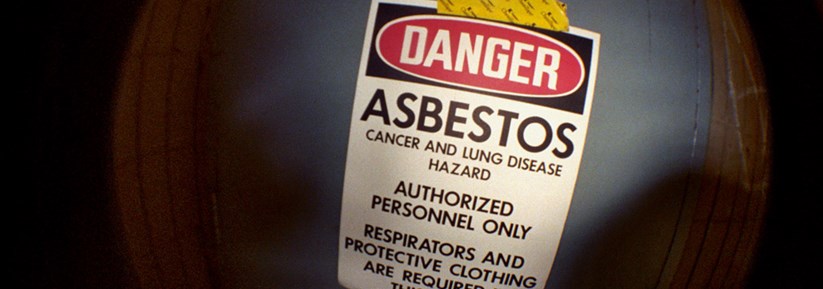How To: Deal with Asbestos

Failure to understand or communicate the risks arising from exposure to asbestos, which is often found in buildings, can have potentially life-threatening consequences.
As such, they command priority in the way in which they are addressed. Just as a developer would never delay soil investigations and associated contamination issues for a brownfield site and feeding those results back into the design and programme of the project, the considerations and implications for asbestos are similarly important and need to be resolved at the earliest opportunity.
Identification of asbestos-containing materials
The employer, occupant or person in control of the premises is required by law to be aware of significant hazards that may endanger employees, visitors or the general public, and to take reasonable measures to prevent or control these. This includes knowledge of the presence and condition of any asbestos-containing material (ACMs) in buildings for which he or she is responsible. It is this statutory requirement that gives rise to the need for an asbestos survey.
The age and type of a building can give some initial pointers as to the likely presence of asbestos and the locations of ACMs, but these cannot be relied upon. Even in older properties in which the use of asbestos was unlikely – for instance, Georgian houses – there is the possibility that later modifications may have incorporated ACMs, for example as fire protection, thermal or sound insulation or services installations.
Although different types of asbestos are often referred to by their colour (white, blue or brown) this is not a reliable indicator. Sometimes, because of a shortage of supply or an excess of particular types, coloured dyes were used by unscrupulous suppliers and different types of asbestos were mixed together.
By inspection alone, an experienced asbestos surveyor familiar with the full range of common asbestos products should be able to make an informed ‘presumption’ that a material may or does not contain asbestos. However, the only way to be sure is by analysis of representative samples of the material, using a microscope to examine the distinguishing characteristics of the fibres.
In the absence of any analytical or other evidence to support a reasoned argument that they are highly unlikely to be ACMs, materials that have a similar appearance to them must be presumed to contain asbestos.
Asbestos-related diseases
Two factors must be taken into account here:
- The health of surveyors; and
- The health of others (e.g. occupants, visitors, neighbours, contractors and the general public).
The term ‘asbestos-related diseases’ is used here to refer to illness or death arising from the inhalation of asbestos fibres.
Inhalation or ingestion may occur during the inspection, maintenance, alteration or demolition of components, plant, equipment or buildings containing ACMs. Such activities, without adequate control, can release significant quantities of respirable airborne asbestos fibres.
The greatest current risk now is to workers who disturb asbestos, often inadvertently, in the course of their work when inspecting, repairing, altering, extending or demolishing buildings. The cumulative effects of exposure increase the risk of the disease, which is significantly higher for anyone who smokes tobacco.
As construction professionals and building surveyors, RICS members are therefore included in the list of persons considered to be at greatest risk in the HSE L143 ACOP Work with materials containing asbestos
Asbestos removal
There is no statutory requirement to insist on the removal or treatment of asbestos. The government line is to encourage people to leave alone any ACMs that are intact, in good condition and unlikely to release respirable fibres. Although very unlikely, if removal is subsequently deemed by the enforcing authority to have been inappropriate, there is the possibility that the instigator could be prosecuted for exposing people, including the asbestos strippers, to unnecessary risk to health.
In some circumstances, the asbestos may have been providing a number of different functions, such as physical enclosure, fire protection and thermal insulation. In order to restore these properties, as required by the lease, it may be necessary to provide a combination of components that are more complex and expensive than the original ACM. There may therefore be an element of essential ‘improvement’ required, the apportionment of the costs of which will depend on the circumstances in each case
The basic principles with regard to the safe removal of asbestos are:
- Use of trained personnel;
- Strictly controlled conditions – to safeguard occupants and the general public, as well as workers;
- Protection of personnel (monitors as well as asbestos strippers);
- Safe disposal of contaminated waste;
- Maintenance of comprehensive records;
- Time implications; and
- Additional sundry factors.
Image: Joey Gannon